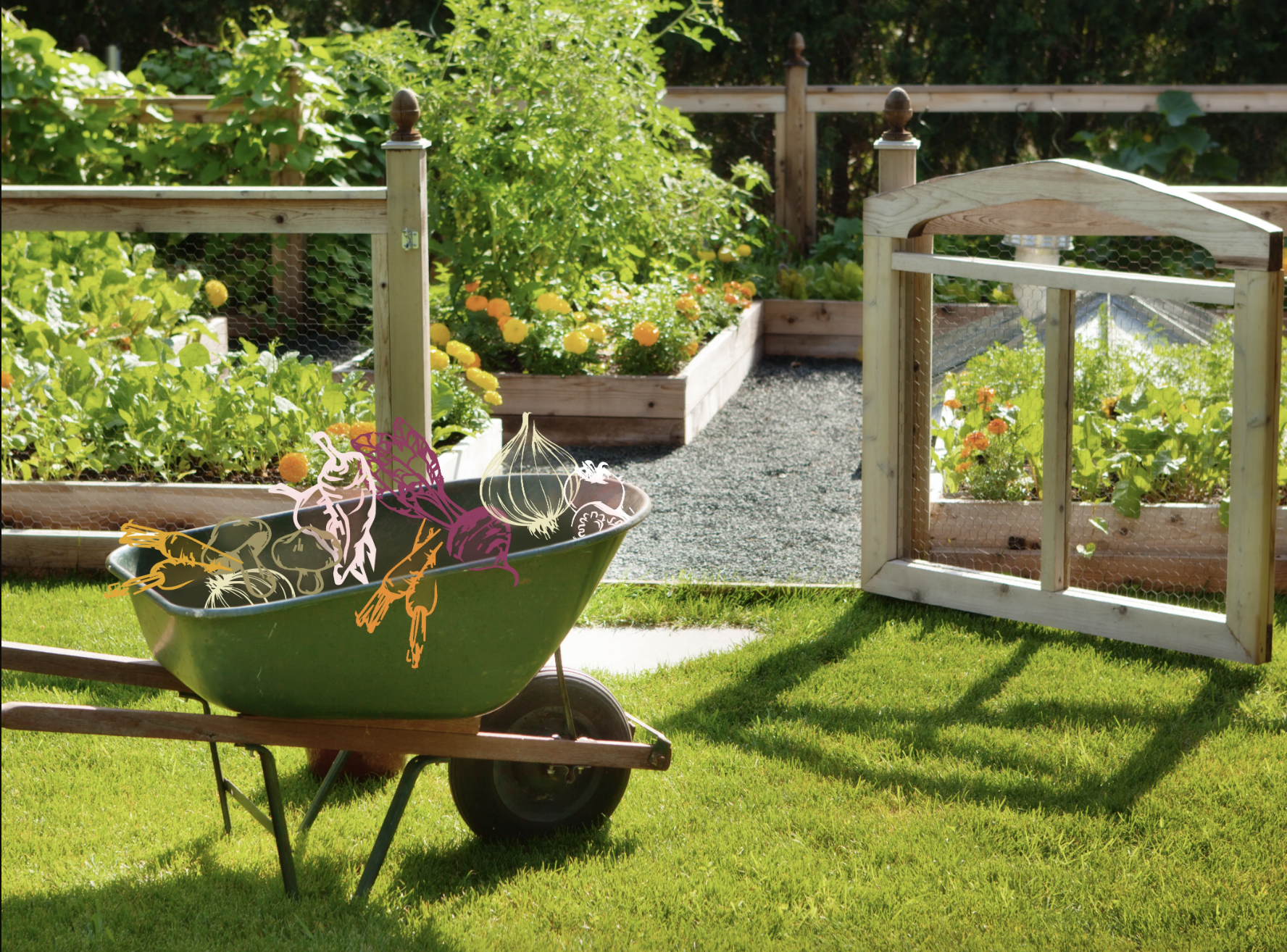Home Improvement
Tips To Set Up a Simple Backyard Garden

Having a garden and producing some edibles is a thoughtful idea for your home. Moreover, it’s an environmental beautifier.
With the proper knowledge, it’s pretty easy to achieve. Most domestic gardens are DIY projects, so long you have a goal. However, if you don’t, there are several things to start with to help.
As you read on, you’ll learn the steps to include a garden feature in your home. Here we go.
Table of Contents
Step 1: Choose a Crop
Which crop species do you consider your favorite, and would you like them in your vicinity? As a rule of thumb, if you have no intention of consuming a plant, don’t grow them. Vegetables, flowers, herbs, and fruits are popular gardening options.
In other situations, you may desire to support your pets with some natural treats. A garden where you grow plants like milkweed, dills, and pollen-rich flowers, which include mini shelters, will serve this purpose.
Alongside your crop choice, don’t forget the climate in your localityꟷ to guarantee the success of your gardening. Understand your climatic zone, and the fruits or vegetables supported seasonally.
Step 2: Decide on a Location
Within your yard, square out a particular area. Remember sunlight reach and easy accessibility of the garden. Most veggies and fruits are sunray dependent, and depriving them of this isn’t great. Avoid windy and frosty places.
If you have enough space, you can plant on the bare ground. Otherwise, use containers as you position them in a sunny spot in your compound. On the good side, some plants thrive indoors, so placing your container inside your apartment could be best for your limited yard space.
Step 3: Make Your Garden Bed
This is where you clear existing vegetation on the selected area and plan a layout. Ensure your beds are raised to make working in the space easier. Within the garden, plant in rows or a grid pattern to aid walking. For soil improvement methodologies like adding fertilizers or tilling, adopt only when necessary.
Step 4: Get Your Basic Tools
To ease working, invest in tools like:
- Leaf and dirt rakes
- Kitchen knife
- Small pruning saw
- Scuffle and garden hoes
- Rock augers
- D handle shovel, etc.
Step 5: Test Your Soil
Before planting, test your soil to know a few of its attributes. Establish contents like the pH level, silt, clay, rock, sand, nutrients, etc. Determine if there’s a contamination threat locally, e.g., toxins. You’ll need professional tests for most of these features, so reach out to suitable bodies.
Step 6: Choose Between Seeds or Seedlings
While deciding how to commence growing, seeds or seedlings are popular options. Although the former will save you money, sprouting may take a long time in some scenarios. The latter, on the other hand, is procured from greenhouse nurseries for transplant.
Once you have this figured out, start growing immediately. Mind you, handle the seeds and seedlings with extreme care.
Step 7: Nurture Your Garden
As long as you set enough time to irrigate, weed, and perform other maintenance, your crops will come out fresh and wholesome. Adopting a routine to this end will be beneficial.
Following the above tips is headway to an enjoyable harvest. If you’d like a garden in your yard, doing it the right way makes it fun.

-

 Tech3 years ago
Tech3 years ago6 Tips to Improving E-Commerce Websites
-

 Home4 years ago
Home4 years agoAdvantages and Disadvantages of Village Life in Points
-

 Health4 years ago
Health4 years agoAdvantages and Disadvantages of Milk
-

 Travel4 years ago
Travel4 years agoAdvantages and Disadvantage of Travelling
-

 Sports2 years ago
Sports2 years agoThe benefits of playing an online live casino
-

 Tech4 years ago
Tech4 years agoEssay on Advantages and Disadvantages of Offline Shopping
-

 Tech4 years ago
Tech4 years ago10+ Advantages and Disadvantages of Mobile Phones in Points
-

 Tech4 years ago
Tech4 years ago8+ Advantages and Disadvantages of Motorcycle |Having Bike